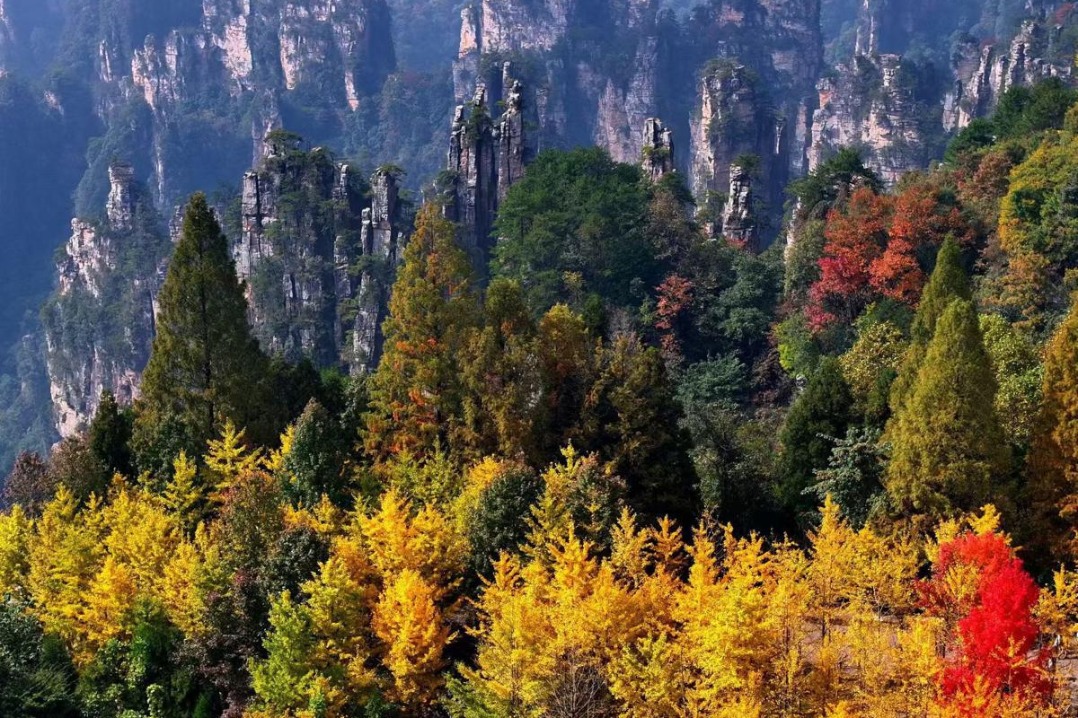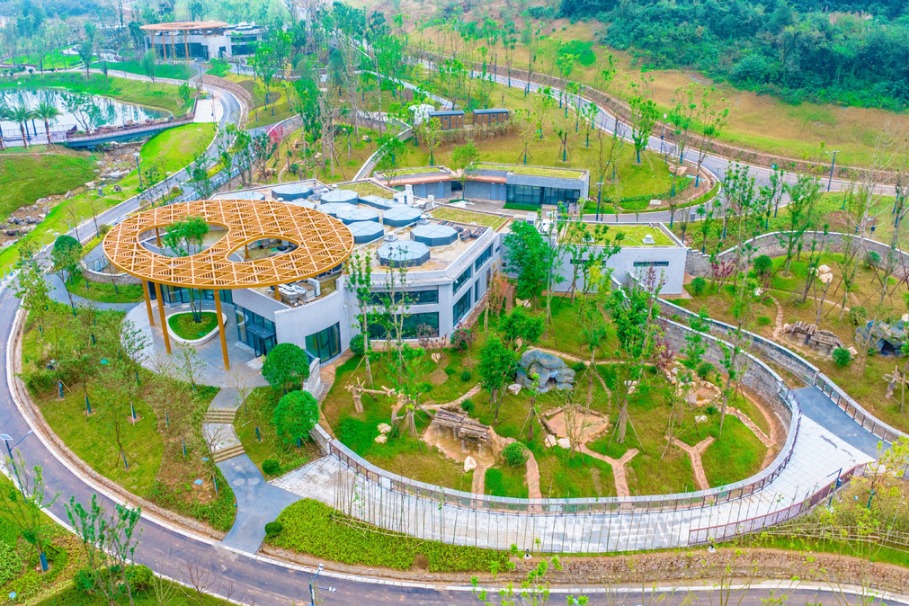Populations of milu deer increasing due to conservation efforts


To accommodate its growing population of milu and birds like storks and little swans, the reserve requires larger habitats and more food sources.
Since 2016, it has been planting wetland grass on a 200-hectare fenced area for the milu.
"Sometimes, heavy floods inundate the grasslands and reduce roaming space for them. Some have even become sick after drinking dirty floodwater. The artificial grassland ensures there is enough food," Yang said.
In 2017, the Shishou government allocated an additional 533 hectares of land as a buffer zone for the reserve, which has a core area of 922 hectares.
Over the years, Shishou has worked with universities including the Central South University of Forestry and Technology in Hunan province and the Yangtze University in Hubei.
Yang said that the population of wild milu deer has multiplied. Some 30 left the reserve in 1998 and now they number around 1,000. "We monitor their activity and habitat twice a year without disturbing them. It is better for the deer to return to nature if the environment is suitable and no hunting occurs," he said.
Milu are indigenous to the wetlands of the middle and lower reaches of the Yangtze River, including Shishou, but became extinct during the late Qing Dynasty (1644-1911) due to flooding and hunting, the document explained.
In 1985, the government began to import milu from the United Kingdom in order to revive the species, and the two countries continue to cooperate on protection efforts. In China, captive milu live in three reserves: the Dafeng Milu National Nature Reserve in Yancheng, Jiangsu province, a milu park in Beijing's Daxing district and the Shishou reserve.
- China, Serbia vow to deepen military ties
- China records 10-year low in first marriages
- Experts promote raising awareness to boost HPV vaccination
- Haikou intl airport launches new 24-hour direct transit policy
- China-Laos international passenger line launched
- Beijing receives climate award at COP30 Local Leaders Forum




































